
Willja67
Contributing Member-
Content count
174 -
Joined
-
Last visited
Posts posted by Willja67
-
-
Ive been useing a Lincon SP-170T, with gas, 220v, good welder, also have a big floor model Miller 250 with steel and aluminum wire feed, ive been welding steel for yrs, only welded aluminum a few times but if it as much fun as steel i cant wait. Never done any TIG.
Just make sure u stay away from harbor freight for a welder, ( i did that in Ojai Cali, it worked for awhile and when it went titsup there where no parts avaliable, so had to buy another welder and i left it with the owner of the house in Ojai i did the rought iron work for only good thing about that trip was the awesome tan the alaskan had!!!) and when at the welding store, remember a little extra $ thrown in the pile will b benificial later on, once u start welding up stuff ull find more welding projects than u can handle, and b making up projects to boot. id think that the 220v welders have a better duty cycle than a 110v, but im also not up on the new stuff, mine r all still old school dials.
I don't think Ive got any 220 outlets at my house(other than the dryer and stove). So it sounds like that's going to limit me somewhat.
-
I've been drawn to wood working most of my life and have shied away from welding but the deeper I get into my project the more I want to learn it. I'm going over to the local tech college tonight after work to look at their welding program.
I'm looking for advice on a decent budget welder that will work for 80-90% of the welding that would need to be done on our little birds. I know very little about welding but from what little I know I'm guessing that a mig welder might fit that requirement? The gentleman that's already done quite a bit of welding on my plane uses TIG and has told me that's quite a bit harder than Mig. I'm guessing more expensive as well.
So whatever advice you guys have on getting started I would appreciate.
-
Just make sure you don't skimp on the resin
-
Send Dale a message...
the antenna works really well...
Ron
I'm assuming you have one in a Kitfox? If so what model and how did you mount it? Pictures would be nice. Ive got a model 1 which is kinda small for the ideal orientation of this antenna design ( one leg vertical with 39" between the ends of the long legs)
-
I was doing a search for mounting my comm antenna to the fuselage and not the turtle deck when I found this thread. I like the idea of an internal antenna. I notice that Dale (C150L) hasn't posted in years.
So has anyone used the antenna? The link on the first page to the instructions if that's what they were nolonger works, so if anyone still has them I'd be interested.
-
Are there any 21" atv tires like these for 6" rims?
I know about the dessers, but if I can save a few bucks that would be nice.
-
What I did for mine was to copy the dimensions of the model 4 control system. I'm done fabricating it but I don't have the wings on to measure the deflections. I may go ahead and calculate throws but I don't have the control arms for the model 4 flaperons. I managed to buy two never used flaperons but they didn't have the control arms. Anyone have a 4 or later and want to measure them for me?
I'd like to see some pics. I found a few diagrams but nothing that really shows it to good advantage.
I did find a diagram of the model 7 system and what i was sketching up was remarkably similar. I guess there's only a few ways to skin the proverbial cat.
-
No differential what so ever. You just fly the plane.At half flaps with full stick I have 27.5 Degrees
With full flaps and full stick the opposite flaperon returns to about the 0 mark. And I can honestly say I have yanked and banked this thing with every flap setting and don't notice any funny business.
Thanks for those measurements. I'm sure the plane flies just fine the way it is. My purpose in taking a stab at redesigning the mixer are 3 fold.
1. I enjoy the challenge
2. Reduce adverse yaw a little/ maybe allow a little more roll control with full flaps
3. Open up the baggage area a little.
My first stab at the design I was able to get 8 degrees more up than down deflection. Having never flown one of these birds I don't know if that would even matter but that was just changing 1 element. I think I can squeeze some more in there if I change a few other things.
-
Have you thought about building new ribs with the later style wing rib?I don't know all the details but also if you could find some model 2 spars with the I- beam cross section and reinforce the lift strut attach points on the bottom of the fuselage you could have a 950 lb gross weight(unless you're already lucky enough to have a later model 1 with those mods).
More speed and payload would sure be nice though I imagine your Vne would still be 100 mph just take less fuel to cruise.
1 person likes this -
Ok here we go sorry for the bad pictures my phone is shot.
Usually you level the plane by the wing strut but I built my center console to match that level point. So in the first picture you will see that the plane is sitting in a 3 point and I just zeroed the level so don't get confused.
Stick neutral mixer is level. 1 degree positive both sides.
Stick Neutral full flaps 20 degrees
Stick Full right with full flaps 35 degrees
Hope this helps if you have any other questions don't hesitate to ask.
Tjay, I've got a number of question hopefully not too irritating.
1. With no flap deflection and full stick deflection is there any differential? For example if the left flaperon deflects 20 degrees down does the right flaperon deflect say 25 deg up?
2.what's the other side doing? Meaning when at full flap setting and full stick deflection what angle is the downward pointing flaperon at?
3. Could you also measure both sides at full stick deflection for half flaps (10 degrees) as well?
I've got a design forming in my head as well to add differential into the system and free up the area behind the seat for some cargo room. I'd be interested to see what CoClimber comes up with as well.
-
-
Looks like the pickup was buried...
You see the word on the side of that truck? That there is chevy Silverado. The only thing that truck gets buried in is women, when ya drive one of these they just throw themselves at ya. That is not a gas tank in the back of that rig for fueling the plane, that's a flame thrower for when I need a break and I can't get the women to leave me alone.. Gotta set up a perimeter burn so I can see em coming and fire off a few warning shots.


I used to have one almost exactly like that, same color even. Weak tranny gave out. Couldn't wait to upgrade to a real truck. I love my Ram.
I do have to admit that Silverado could go in the slick, even with really bald tires I never got it stuck. Even had to pull a jeep out with it. The dodge breaks traction after a slight drizzle. But I love the rumble that diesel makes.
2 people like this -
covered the gear legs, streamlined rear tubes
Probably a dumb question since you opted for covering the gear leg but Ive wondered if fairing each tube individually would be better, ie less wetted area? The only reason Id want to do it that way is it would leave the cross tube uncovered which can be used as a step.
-
-
These blade covers came with the 66"GSC prop that came with my plane which is not airworthy and currently hanging on my wall as a decoration.
In excellent condition just a little dirty. Hoping maybe someone can put them to use
Free plus shipping from Utah.
Otherwise they're going in the trash
1 person likes this -
That's klmts i bet he already posted it for sale on here
-
I bought a Milwaukee porta band for a side job I'm doing with the knowledge that it would help with the kitfox. Up till now I've been cutting my 4130 with a grinder. It just made really short work of some .060 4130 without as much noise, burned metal smell, and smoke (especially nice when working in my basement shop) and it did it in about 1/5 the time.
I'm in love.
Knowing what i now know I'd buy it even if I didn't have the side job.
Edit, I forgot to mention less wasted material.
2 people like this -
Haven't seen any Avid/Foxes with top flying wires so must not be an issue.
This model 3 with a Rotec radial has upper braces. But he also enlarged the tail surfaces as well. Can't fold the wings if you do that.
-
-
I did not realize that the Raven plans existed. I will look into that, it may be helpful in other areas as well.
The Raven plans are basically the kitfox model 2. So might not be too helpful.
-
-
Don't guess it matters much. Whatever the wall thickness, it seems to do the job and do it well.
Well it may matter and it may not. From talking to Stace it sounds like he designed the gear to take as much abuse as a unmodified airframe. Which means if I beef up the seat truss and fuse sides they may hold up and the gear legs might fail.
He designed it for the Ridgerunner and a couple of them has the same gross wt as the Avid/fox. Plus since he worked for Kitfox at one time, he should know the airframe design limits. Any gear can fail if hit hard enough. I would prefer to have the gear bend over the fuselage structure. Its just a bolt on structure and doesn't require the work to repair the fuselage tubing. Sadly, its usually both that get damaged. I've talked to Stace a few times and he seemed to know what he was talking about.
The reality is, when the gear fails, it usually leads to hanging upside down in your seat belts. Been there done that. The trick is to get both to take the normal landings as well as the occasional rock or bump you did not see prior to touch down. I would say that tires have just as much if not more to do with this than the gear legs. The best gear in the world will still jar your butt to the core if you run over a rock with smaller tires that have more than a few PSI in them.
Valdez and the flying cowboys seems to have fascinated everyone with the carrier landings. Which have very little if any usefulness in the real world back country flying.
In this case carrier landings are a concern due to the ham handedness of the pilot. Gotta make sure the aircraft lasts long enough to be enjoyed.
1 person likes this -
Don't guess it matters much. Whatever the wall thickness, it seems to do the job and do it well.
Well it may matter and it may not. From talking to Stace it sounds like he designed the gear to take as much abuse as a unmodified airframe. Which means if I beef up the seat truss and fuse sides they may hold up and the gear legs might fail.
-
What wall tubing does Stace use in his gear. I like the design of his gear better than some I've seen. But it appears to me to be a tad on the weak side if he uses .035 wall tubing
I don't know what wall thickness he used. The forward tube is 1" and the aft tube is 7/8".
The notch in the early Cub bungee struts allowed 3.5 inches of travel, giving approximately 8" max vertical wheel travel with standard gear. I allowed for 10" travel on my cabane gear. As of yet, untested.
I'm playing around with an air shock suspension idea. I had to get my truck worked on and the shop that did the work builds custom Rock crawlers and I asked them for their take on the suspension. They came up with a quick and dirty design that I'm playing around with. Using the basic geometry I could have the landing gear droop down about 4 inches lower than it will now go(in flight no load). With the current setup with the aircraft in the level flight attitude sitting on the mains I have 14" of prop clearance. So if I set my max vertical travel for 12" past where it would sit statically loaded and add those 4 inches that would give me 16" of vertical travel total. That would be a massive amount of travel to soak up those carrier landings.
1 person likes this
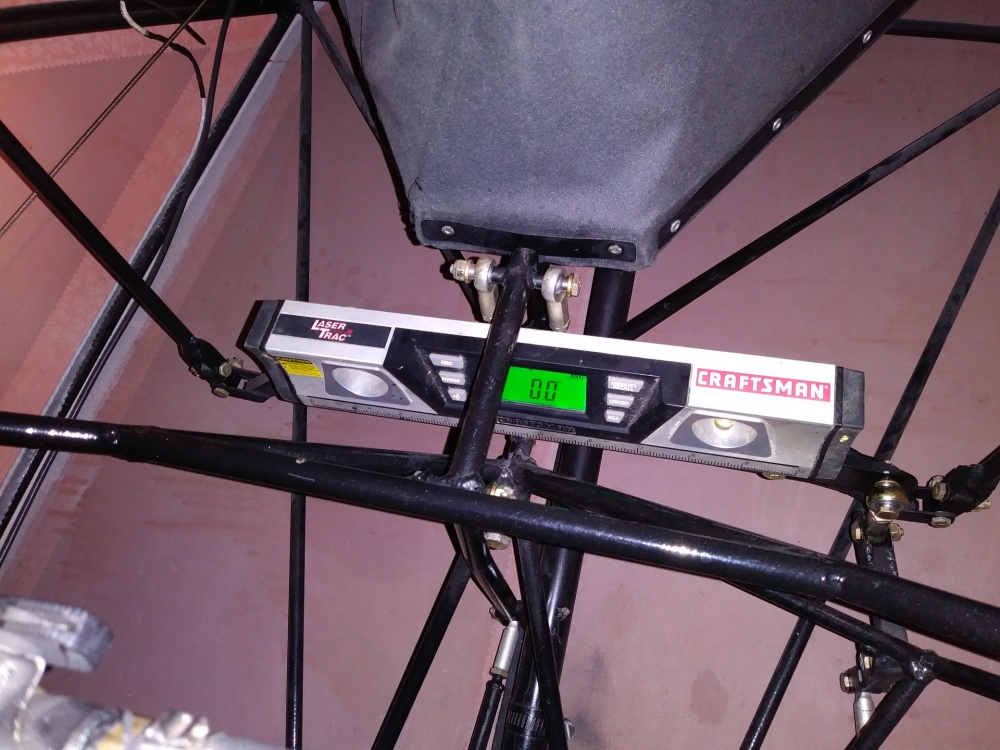

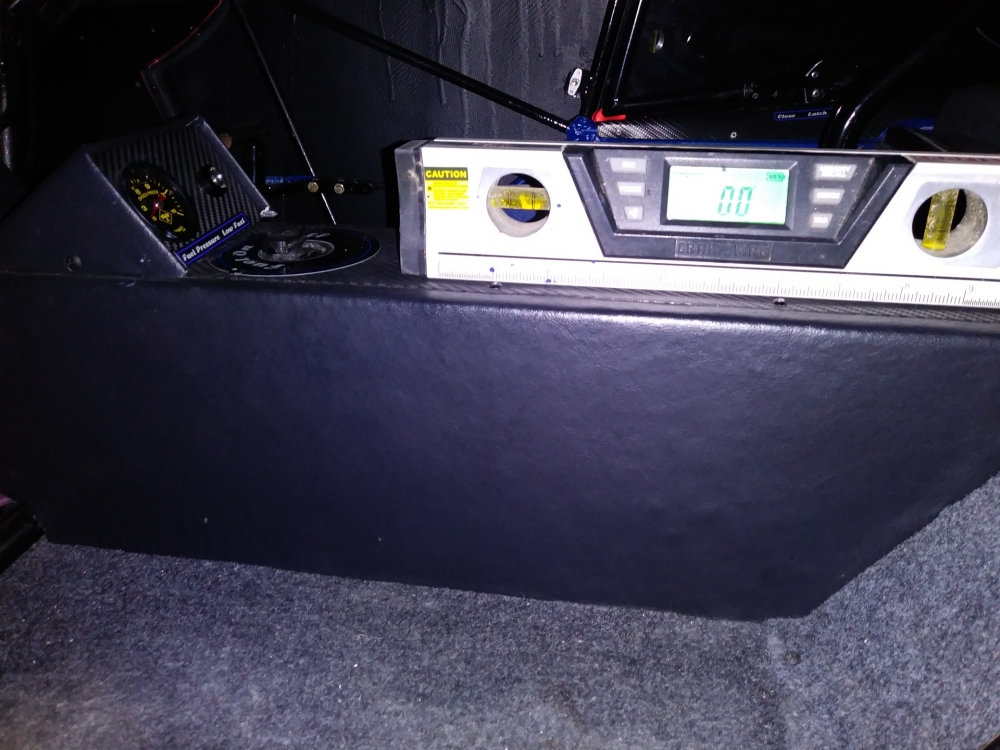
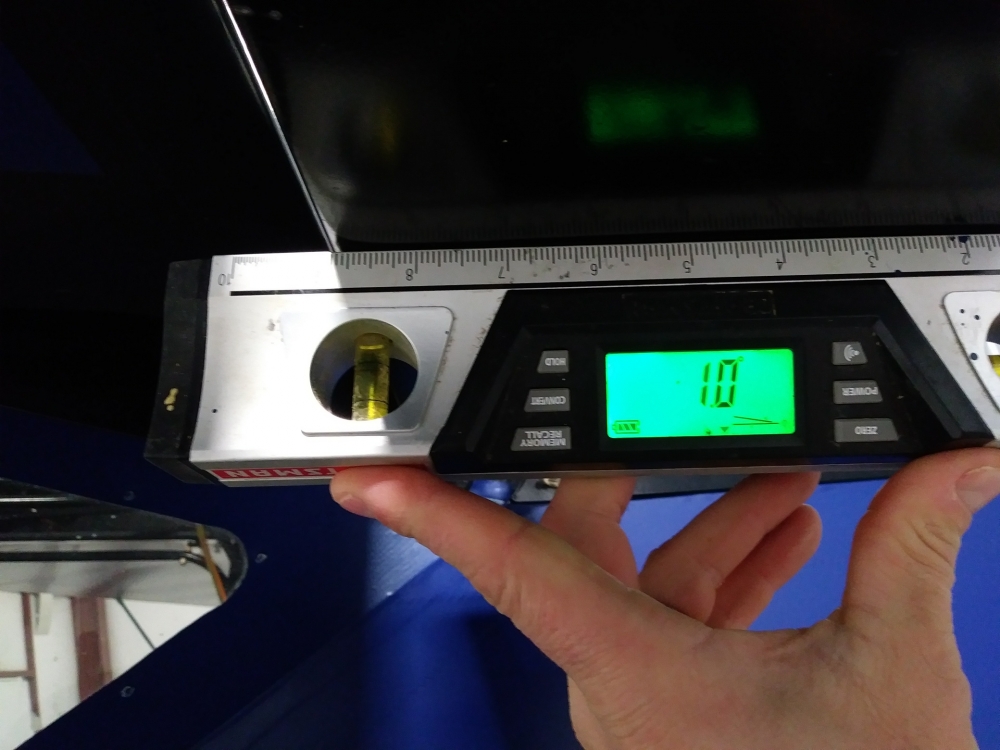
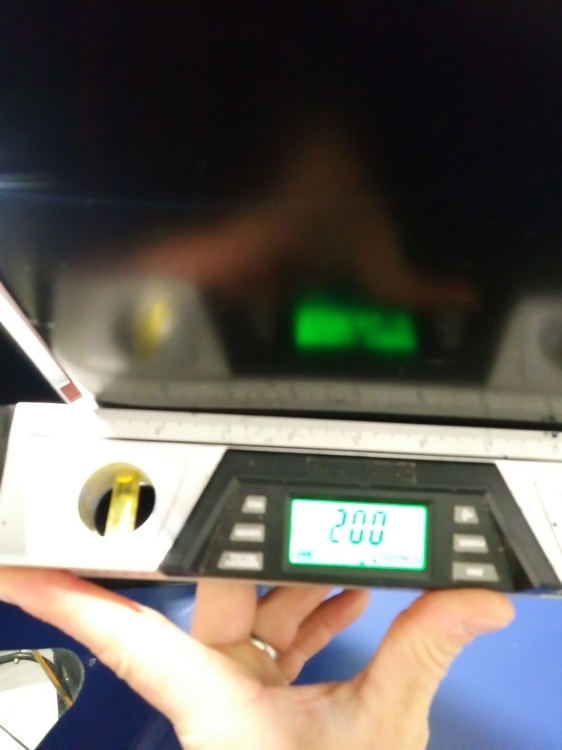
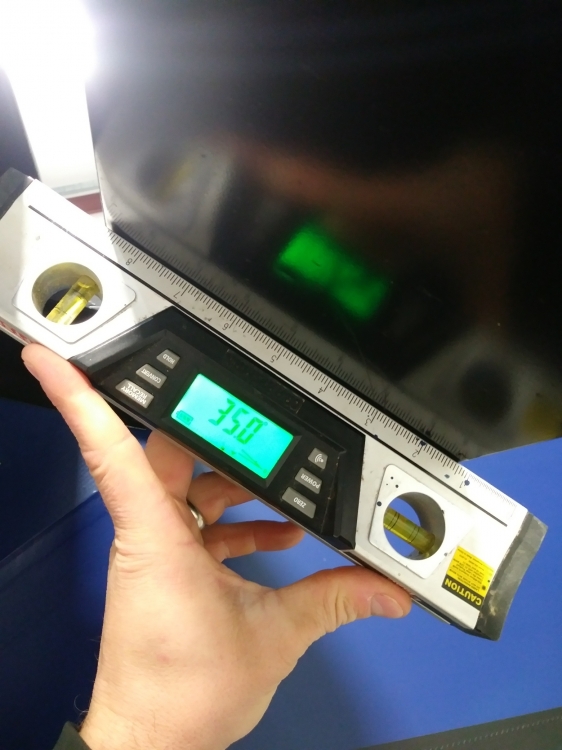

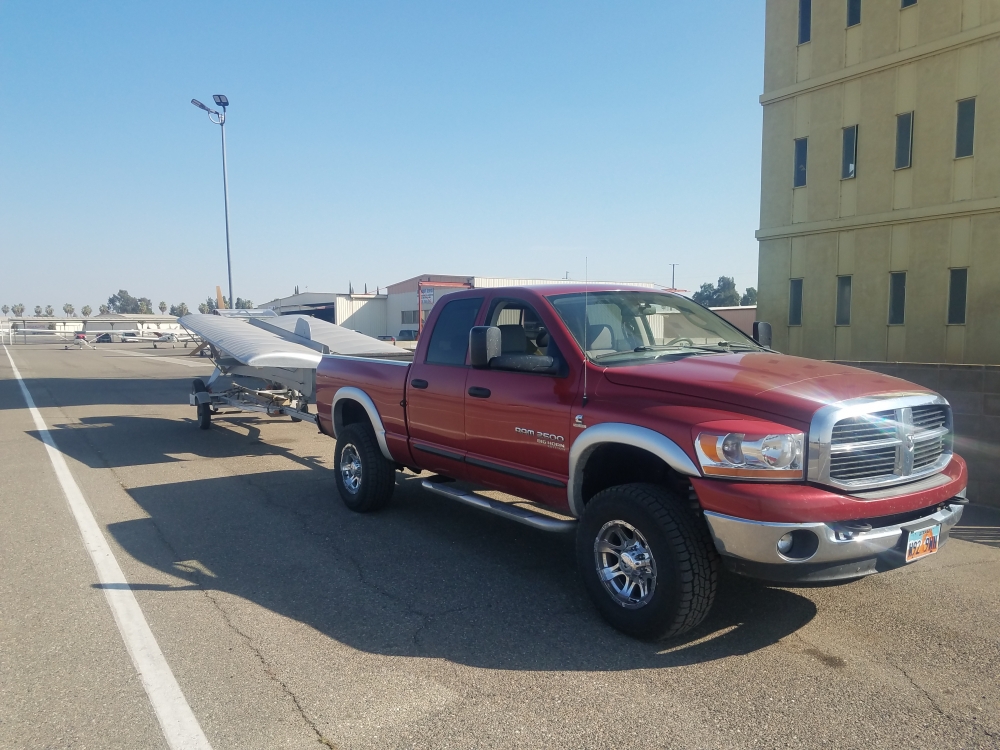
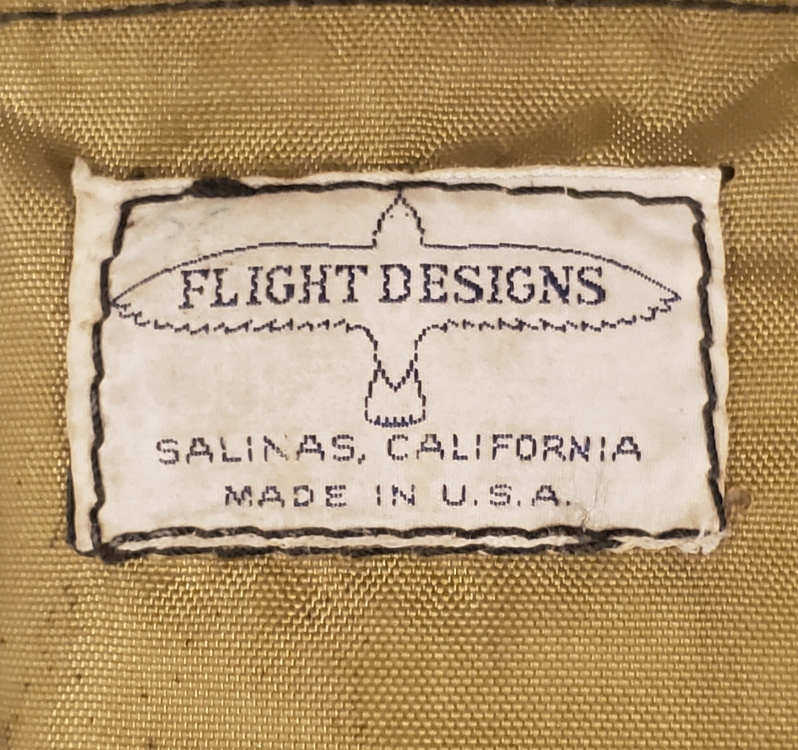


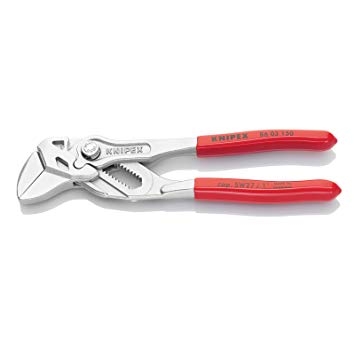
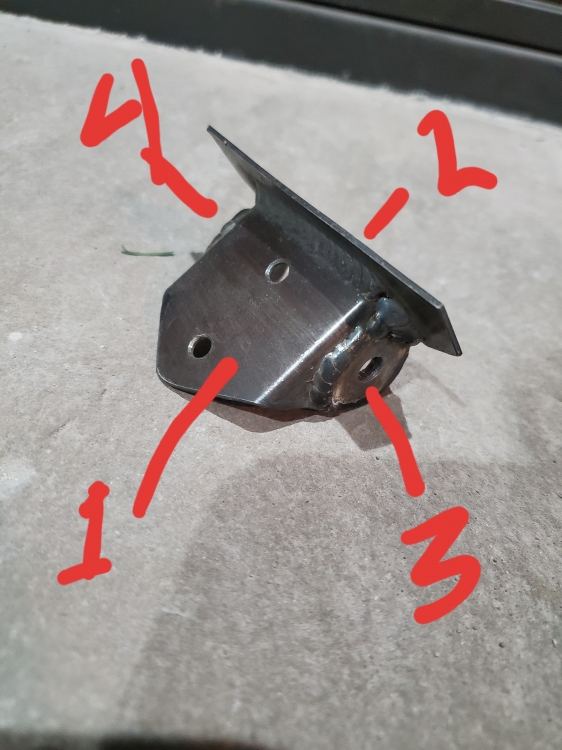
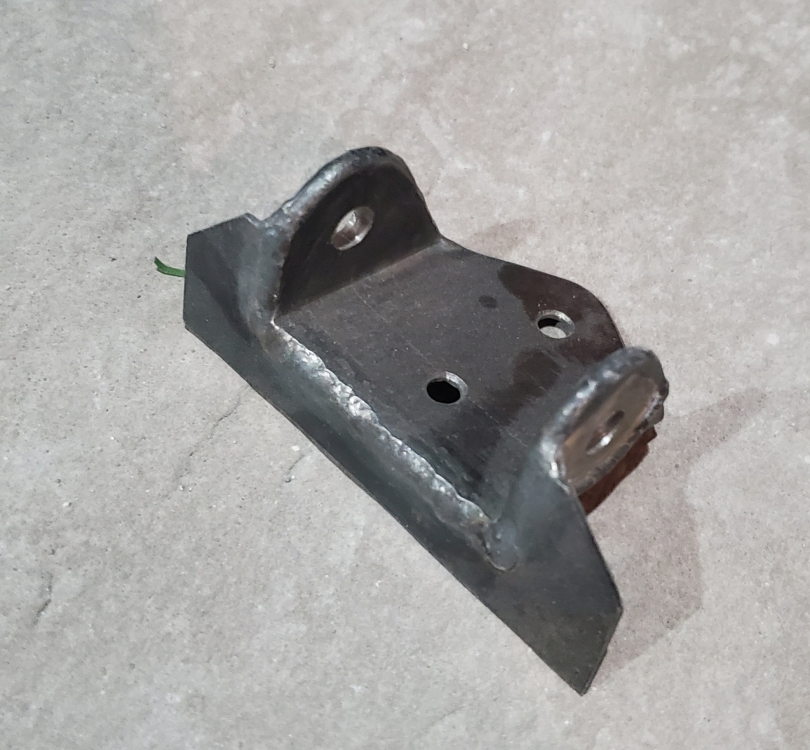
Getting started/setup for Welding?
in Hangar Talk
Posted
Thanks for all the tips guys. I do have a small amount of experience with oxyacetalene welding when I was briefly in an A&P program. My welding wasn't anything to write home about, but then again the program was designed to give knowledge about what welds looked like not turn us into professional welders. Hence the oft repeated counsel in this thread to practice a lot.